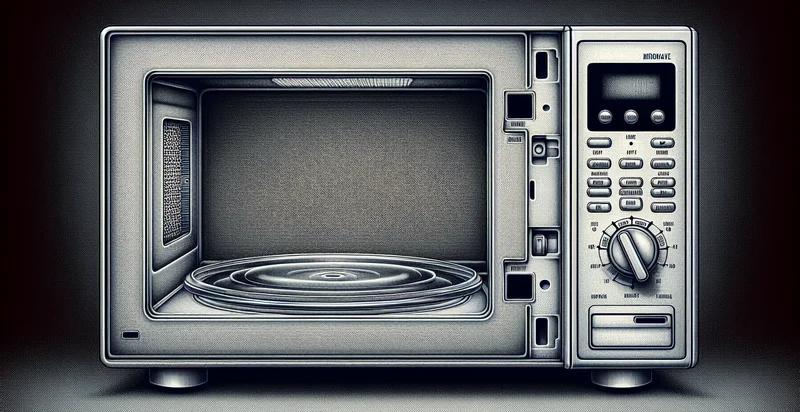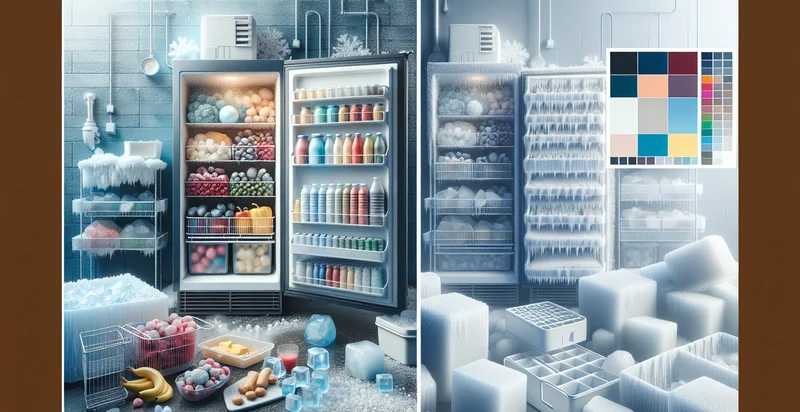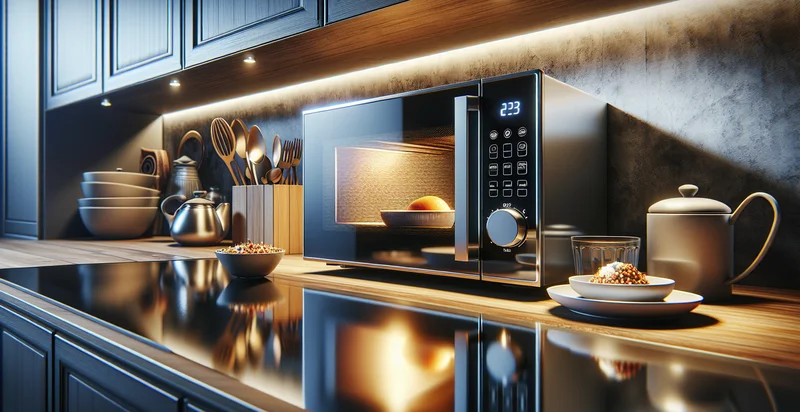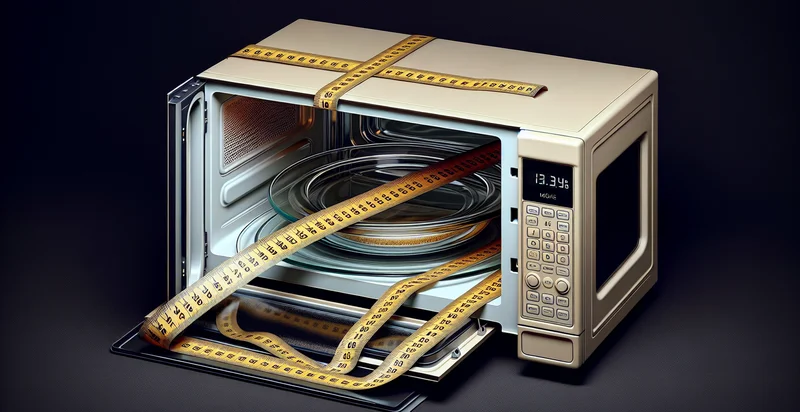Identify microwave conditions
using AI
Below is a free classifier to identify microwave conditions. Just upload your image, and our AI will predict what cooking conditions are optimal for microwave usage - in just seconds.

Contact us for API access
Or, use Nyckel to build highly-accurate custom classifiers in just minutes. No PhD required.
Get started
import nyckel
credentials = nyckel.Credentials("YOUR_CLIENT_ID", "YOUR_CLIENT_SECRET")
nyckel.invoke("microwave-conditions", "your_image_url", credentials)
fetch('https://www.nyckel.com/v1/functions/microwave-conditions/invoke', {
method: 'POST',
headers: {
'Authorization': 'Bearer ' + 'YOUR_BEARER_TOKEN',
'Content-Type': 'application/json',
},
body: JSON.stringify(
{"data": "your_image_url"}
)
})
.then(response => response.json())
.then(data => console.log(data));
curl -X POST \
-H "Content-Type: application/json" \
-H "Authorization: Bearer YOUR_BEARER_TOKEN" \
-d '{"data": "your_image_url"}' \
https://www.nyckel.com/v1/functions/microwave-conditions/invoke
How this classifier works
To start, upload your image. Our AI tool will then predict what cooking conditions are optimal for microwave usage.
This pretrained image model uses a Nyckel-created dataset and has 4 labels, including Excellent Condition, Fair Condition, Good Condition and Poor Condition.
We'll also show a confidence score (the higher the number, the more confident the AI model is around what cooking conditions are optimal for microwave usage).
Whether you're just curious or building microwave conditions detection into your application, we hope our classifier proves helpful.
Related Classifiers
Need to identify microwave conditions at scale?
Get API or Zapier access to this classifier for free. It's perfect for:
- Food Safety Compliance: The microwave conditions identifier can ensure that food products are stored and heated under safe conditions, preventing instances of foodborne illnesses. By validating temperature and cooking time, businesses can uphold health regulations and boost customer confidence.
- Quality Control in Food Production: Food manufacturers can utilize the identifier to monitor microwave cooking processes, ensuring that all items are consistently prepared to their intended quality standards. This can reduce product recalls due to undercooked or improperly heated food.
- Smart Kitchen Appliances: Appliance manufacturers can integrate the microwave conditions identifier into their products to enhance user experience. Smart microwaves can automatically adjust cooking conditions based on real-time analytics, optimizing meal preparation and minimizing overcooking or undercooking.
- Supply Chain Management: Distributors can implement the identifier to monitor the conditions in which food products are microwaved during storage and transport. This ensures optimal handling and can lead to improved product quality upon delivery, increasing customer satisfaction.
- Research and Development: Food scientists can use the microwave conditions identifier to study the effects of varying cooking conditions on the nutritional content and flavor profile of food. This data can inform new product development and lead to healthier, more appealing options for consumers.
- Consumer Feedback and Adaptation: Restaurants can leverage feedback from the microwave conditions identifier to adjust cooking parameters based on customer preferences. Analyzing data from this tool can lead to improved menu offerings and tailored dining experiences.
- Energy Efficiency Programs: Businesses focusing on sustainability can employ the identifier to track energy usage in microwave cooking. By identifying inefficient practices, companies can implement energy-saving adjustments, reducing their carbon footprint while cutting operational costs.


